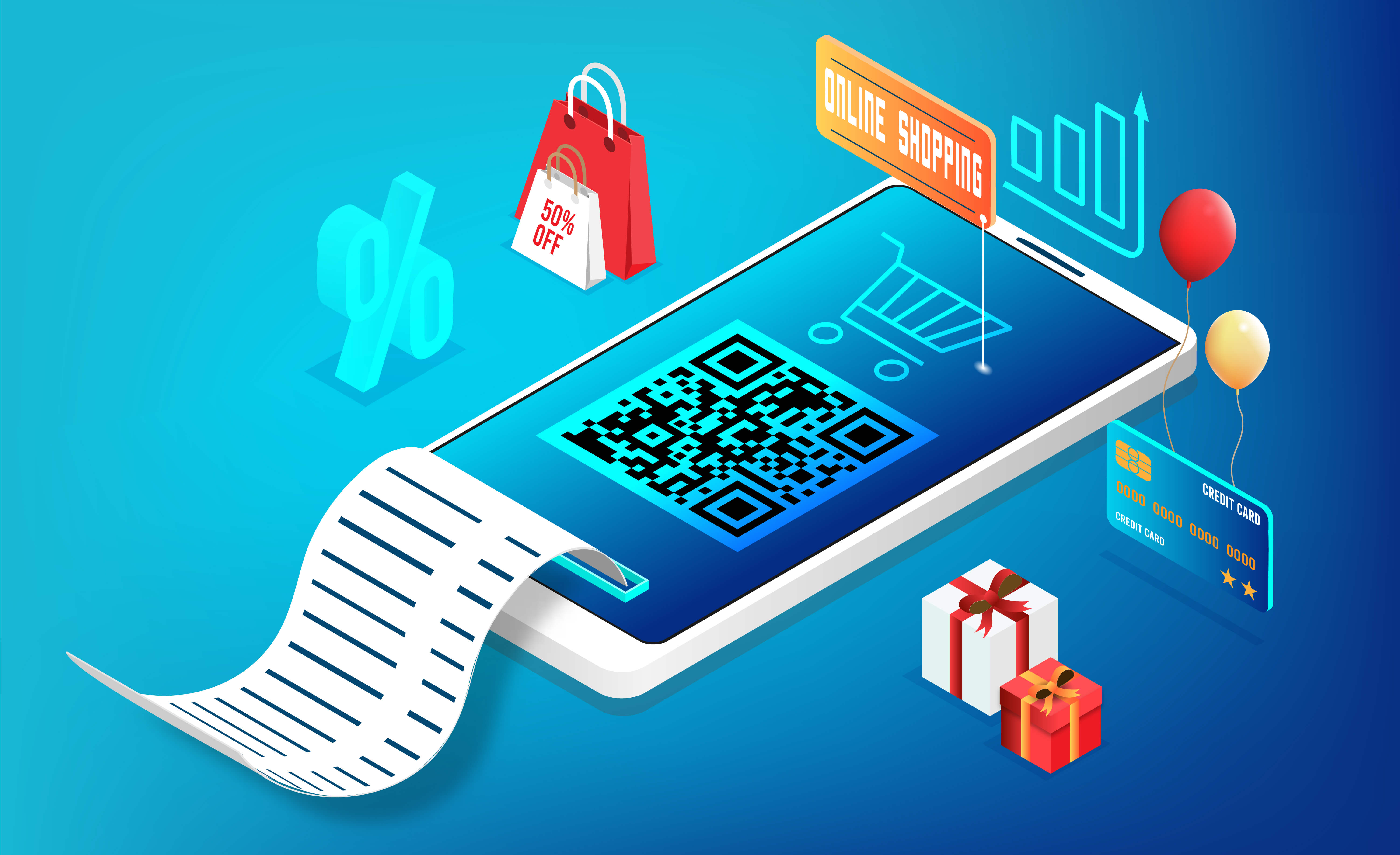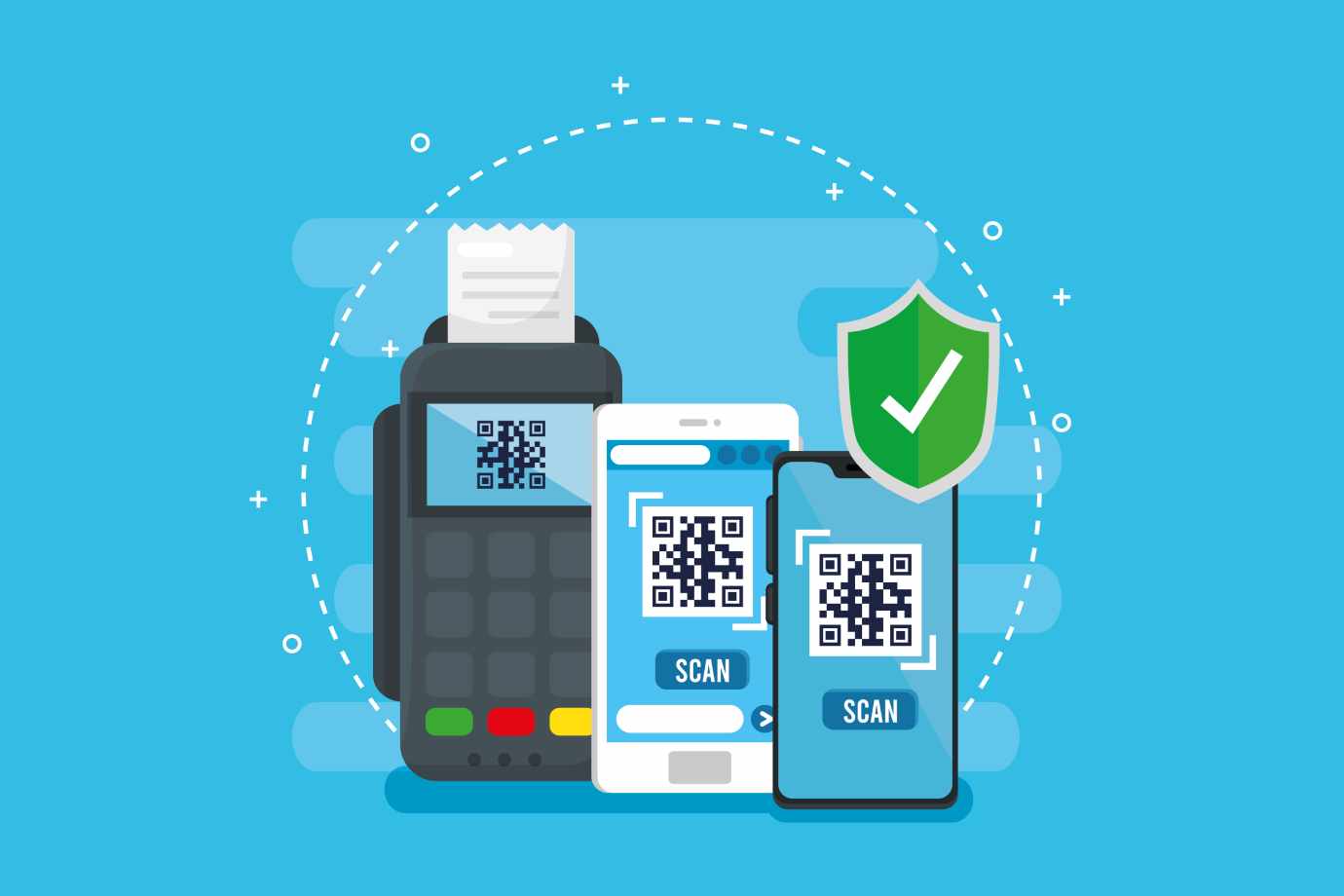Fraud has become a growing concern for telecom operators, financial institutions, and cybersecurity firms. Whether it’s phone fraud, financial scams, or data breaches, the ability to quickly identify and prevent fraudulent activity is essential. Call Detail Records (CDRs) serve as powerful tools in fraud investigations, and customized CDR analysis software can significantly enhance the detection of unusual patterns and anomalies. This tailored approach helps organizations address their unique fraud detection challenges more effectively.
In this blog, we explore how customized CDR analysis software aids in fraud detection and why customization is key to meeting specific investigative needs.
How CDR Analysis Detects Fraud
CDRs provide detailed metadata about communication events, including:
- - Caller and Receiver Numbers
- - Call Duration
- - Time and Date
- - Location (Cell Tower Data)
- - Call Type (Voice, SMS, Data)
Fraudsters often exhibit communication patterns that differ significantly from normal behavior. CDR analysis helps identify these patterns by highlighting:
- Unusual Call Durations: Extremely short or long call durations that deviate from typical patterns.
- Frequent Calls to Unrecognized Numbers: Repeated communication with unknown or suspicious contacts.
- Geographic Anomalies: Calls originating from unexpected locations or multiple locations in a short timeframe.
- High Call Volume: An unusually high number of calls within a short period, often linked to fraudulent schemes.
- Irregular Time Patterns: Calls made at odd hours that don’t match typical user behavior.
Benefits of Customized CDR Analysis Software for Fraud Detection
While generic CDR tools can provide basic insights, customized CDR analysis software offers features specifically tailored to the unique challenges faced by telecom operators, financial institutions, and cybersecurity firms. Here’s how customization can revolutionize fraud detection:
1. Tailored Anomaly Detection Algorithms
Customized software allows you to create specific rules and algorithms to detect anomalies based on your organization’s fraud patterns. For example:
- - Telecom Operators: Detect SIM card cloning, call forwarding fraud, or International Revenue Share Fraud (IRSF).
- - Financial Institutions: Identify unusual communication patterns linked to phishing or social engineering scams.
- - Cybersecurity Firms: Monitor for insider threats or data exfiltration attempts.
Why It Matters: Tailored algorithms enhance the accuracy of fraud detection by focusing on the most relevant indicators for your industry.
2. Advanced Link Analysis for Identifying Networks
Fraud often involves multiple actors working together. Customized link analysis tools visualize the connections between different phone numbers, helping you:
- - Identify fraud rings or organized groups.
- - Spot previously hidden relationships.
- - Map out networks of fraudulent activity.
Why It Matters: Visualizing connections can reveal the full scope of fraudulent operations, enabling faster and more comprehensive investigations.
3. Flexible Filtering and Search Capabilities
Customized CDR software offers advanced filtering options to quickly isolate suspicious records. You can filter by:
- - Call Duration
- - Geographic Location
- - Time and Date Range
- - Frequency of Communication
Why It Matters: Flexible filtering allows investigators to focus on specific fraud indicators, saving time and improving efficiency.
4. Automated Alerts and Real-Time Monitoring
Customized solutions can be configured to provide real-time alerts when suspicious activity is detected. For instance:
- - Alerts for calls made from unexpected locations.
- - Notifications for high call volumes to suspicious numbers.
- - Warnings for deviations from normal user behavior.
Why It Matters: Real-time alerts enable you to take immediate action to prevent fraud before it escalates.
5. Seamless Data Integration and Reporting
Fraud detection often requires integrating CDR data with other sources, such as:
- - Financial Transaction Data
- - Customer Information Systems
- - Cybersecurity Logs
Customized software makes it easier to import, analyze, and export data, generating detailed reports tailored to your needs.
Why It Matters: Comprehensive reporting improves decision-making and supports evidence-based investigations.
Real-World Applications of Customized CDR Analysis in Fraud Detection
Telecom Fraud Prevention
Telecom operators use customized CDR analysis to detect and prevent fraud schemes like:
- SIM Swapping
- Call Spoofing
- Subscription Fraud
Banking and Financial Fraud Detection
Financial institutions analyze CDR data to identify communication patterns associated with:
- Phishing Scams
- Account Takeovers
- Insider Fraud
Cybersecurity Investigations
Cybersecurity firms use CDR analysis to uncover:
- Insider Threats
- Data Exfiltration
- Suspicious Communication Patterns
Conclusion
Fraud detection is a complex challenge that requires precise tools and tailored solutions. Customized CDR analysis software empowers telecom operators, financial institutions, and cybersecurity firms to:
- Identify fraud faster and more accurately.
- Adapt to evolving fraud tactics.
- Streamline investigations with automated tools and real-time alerts.
By investing in software designed for your unique needs, you can stay ahead of fraudsters and protect your organization more effectively.
Discover Our Customized CDR Analysis Software
Our Customized CDR Analysis Desktop Software offers advanced features tailored to fraud detection. Learn more about our software here.





